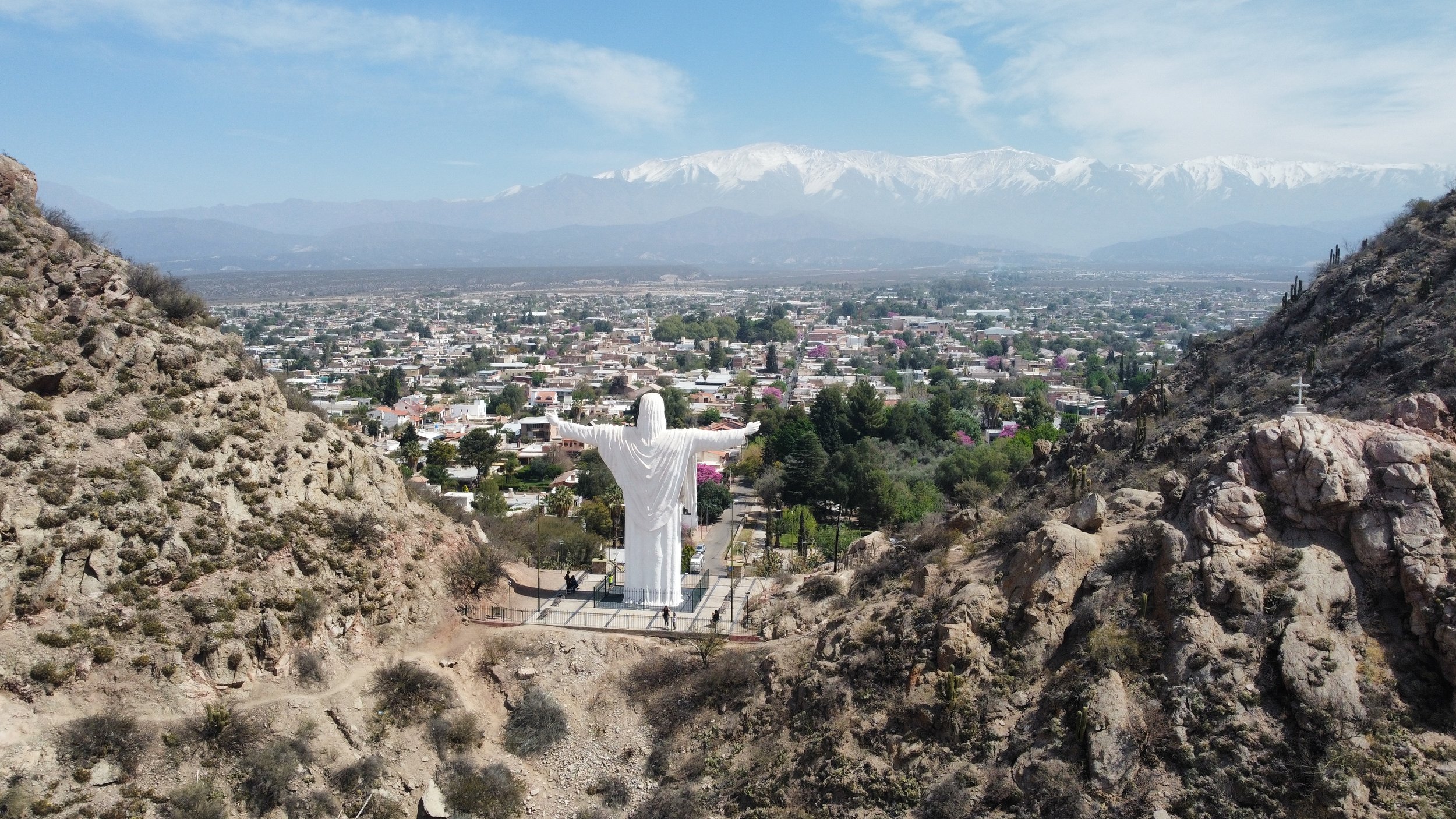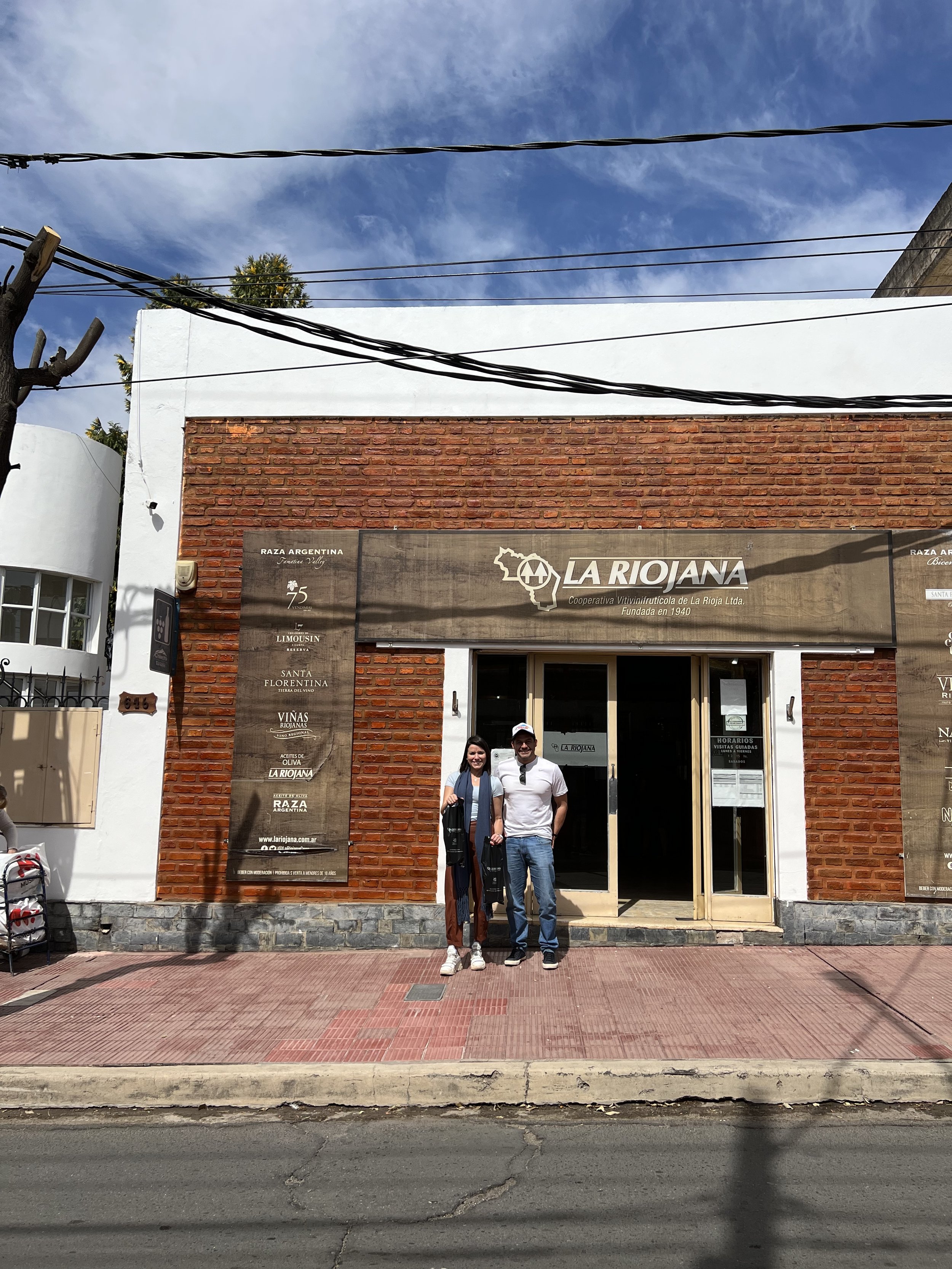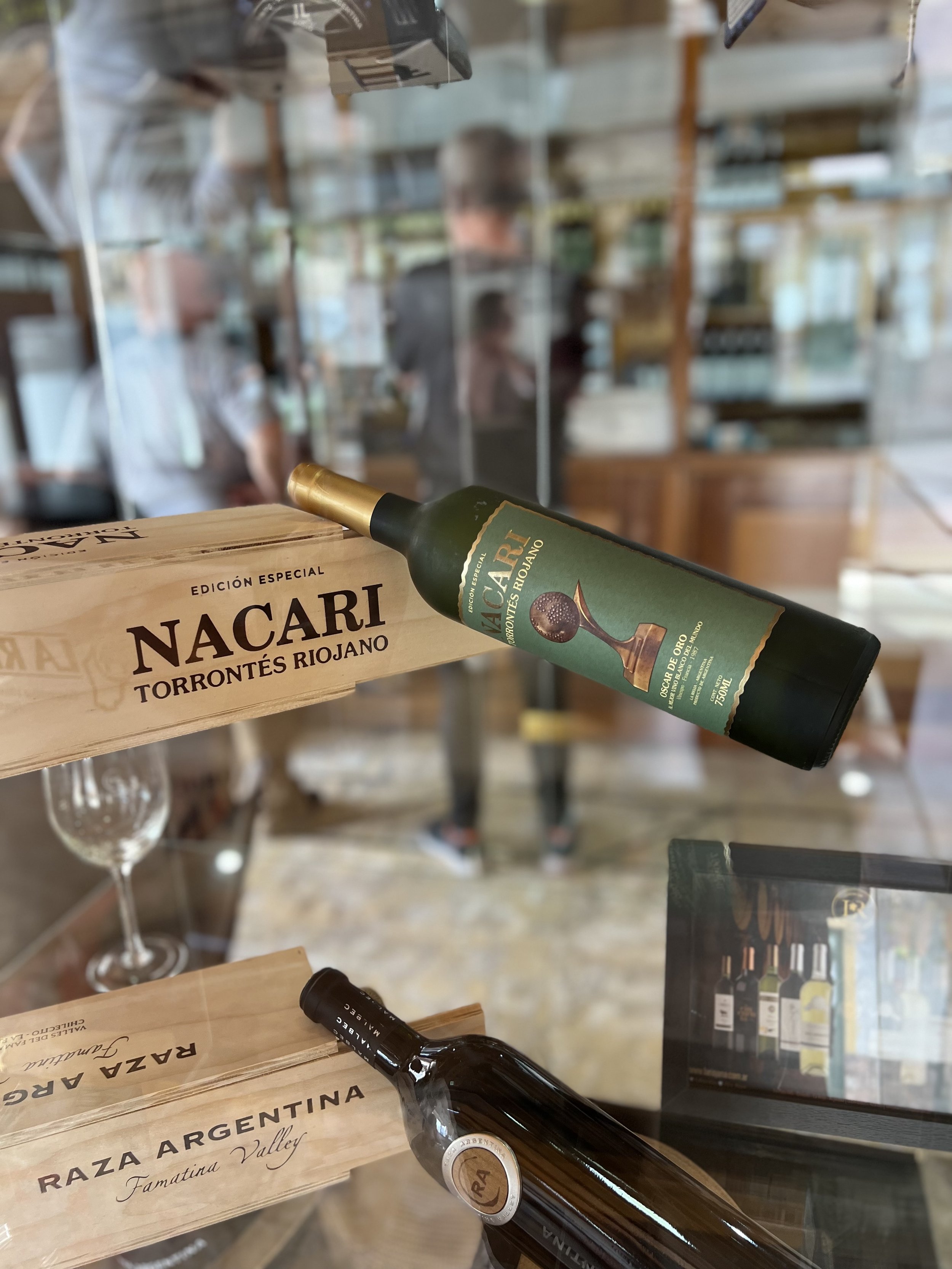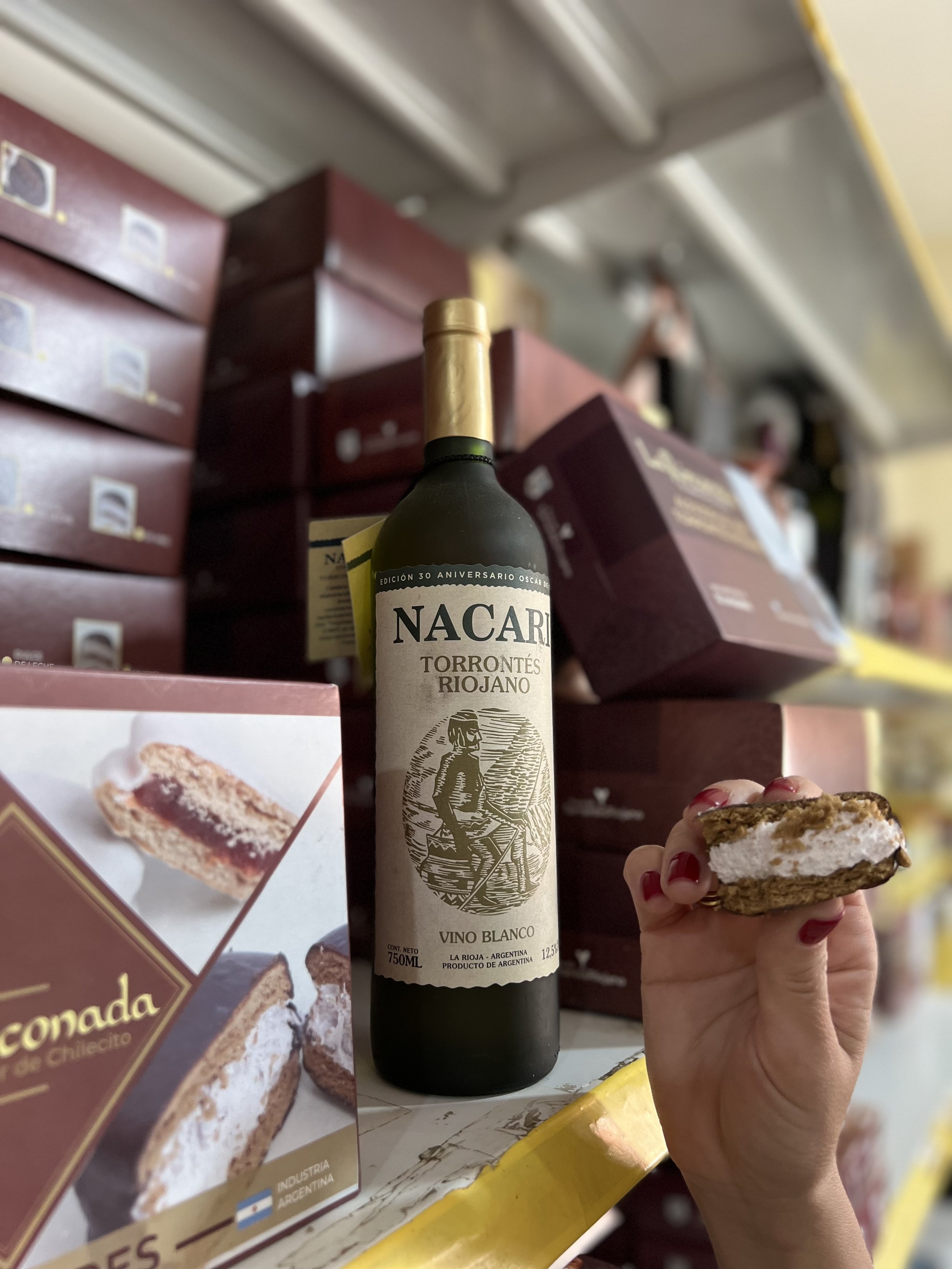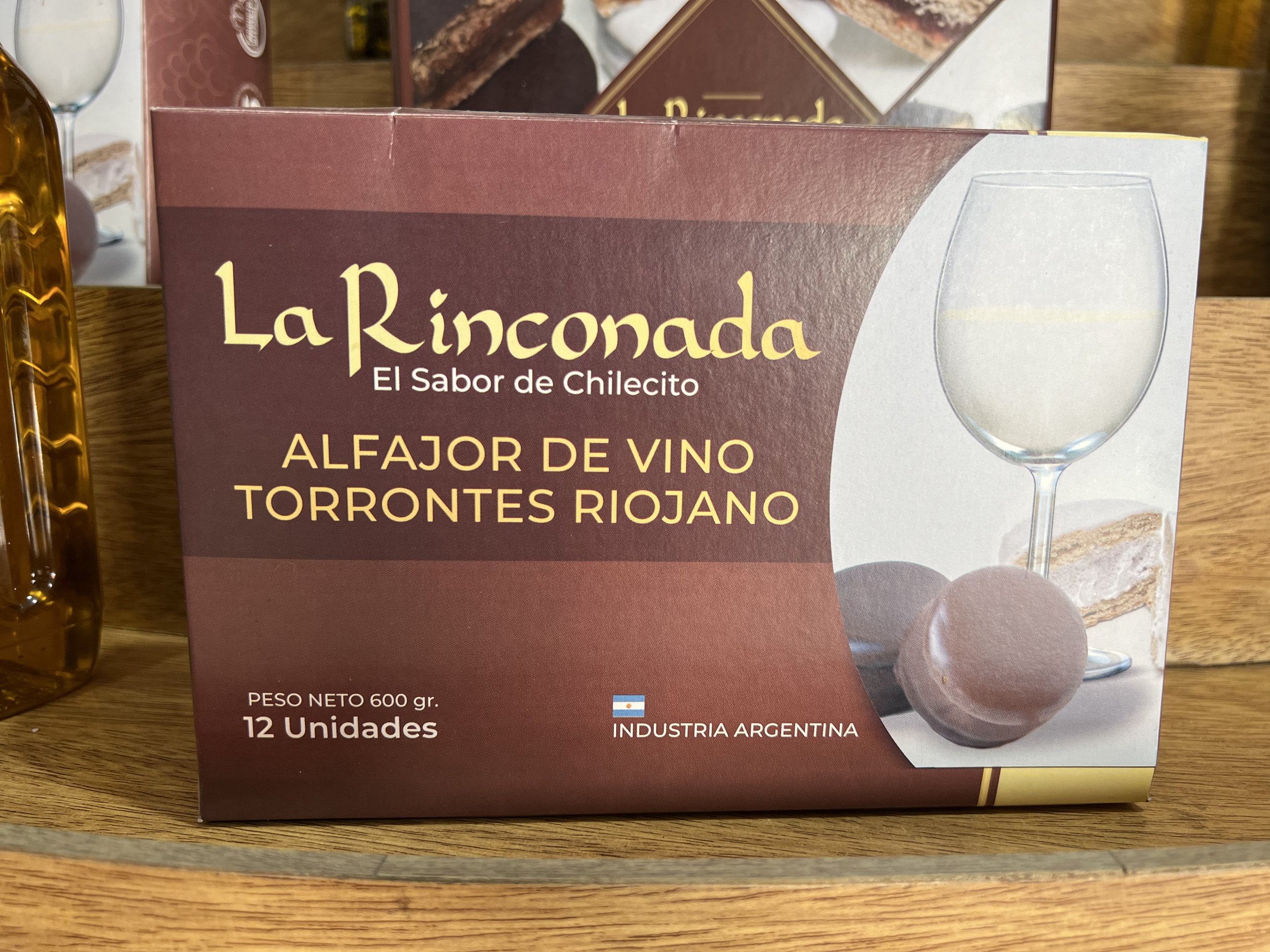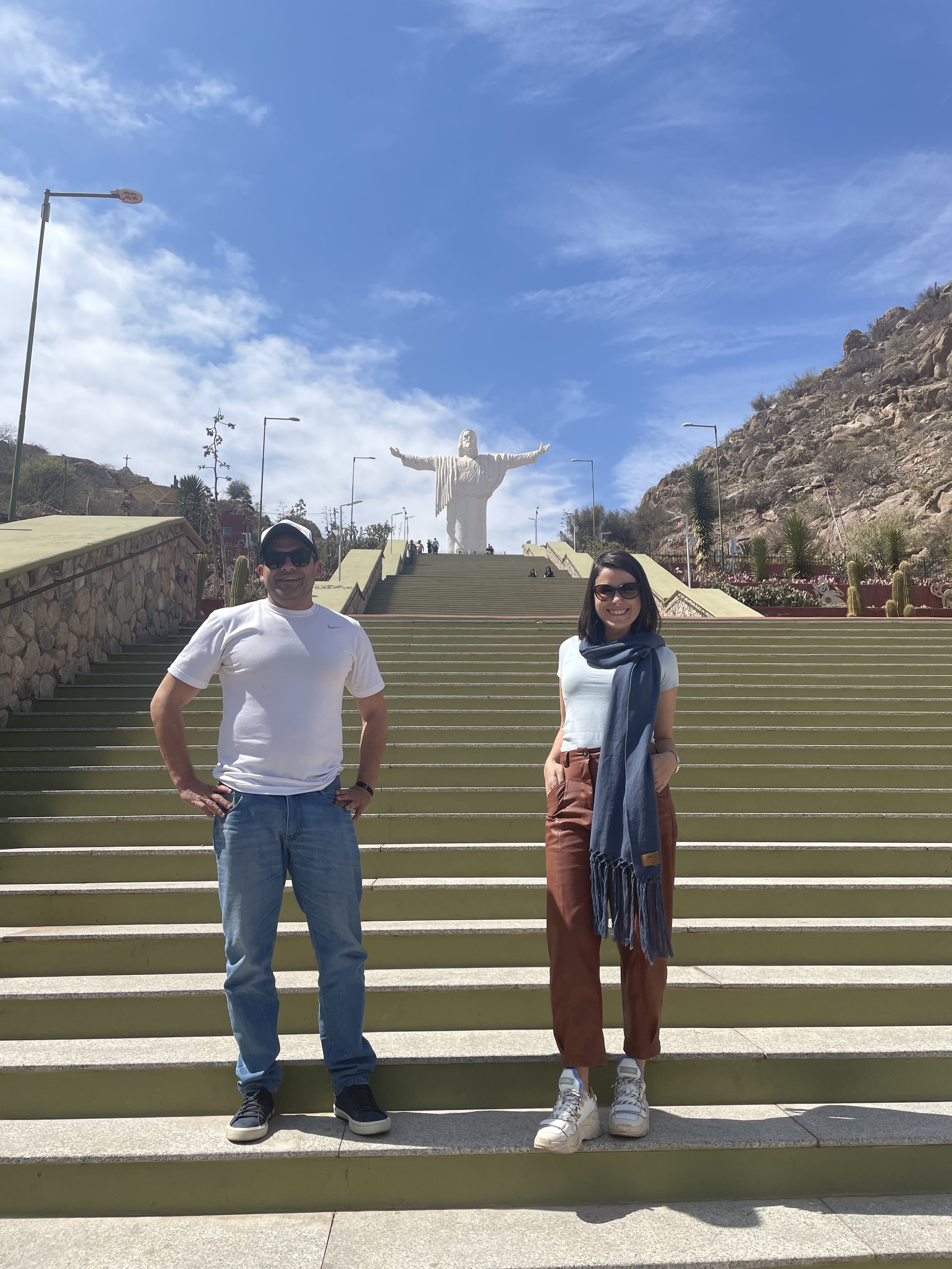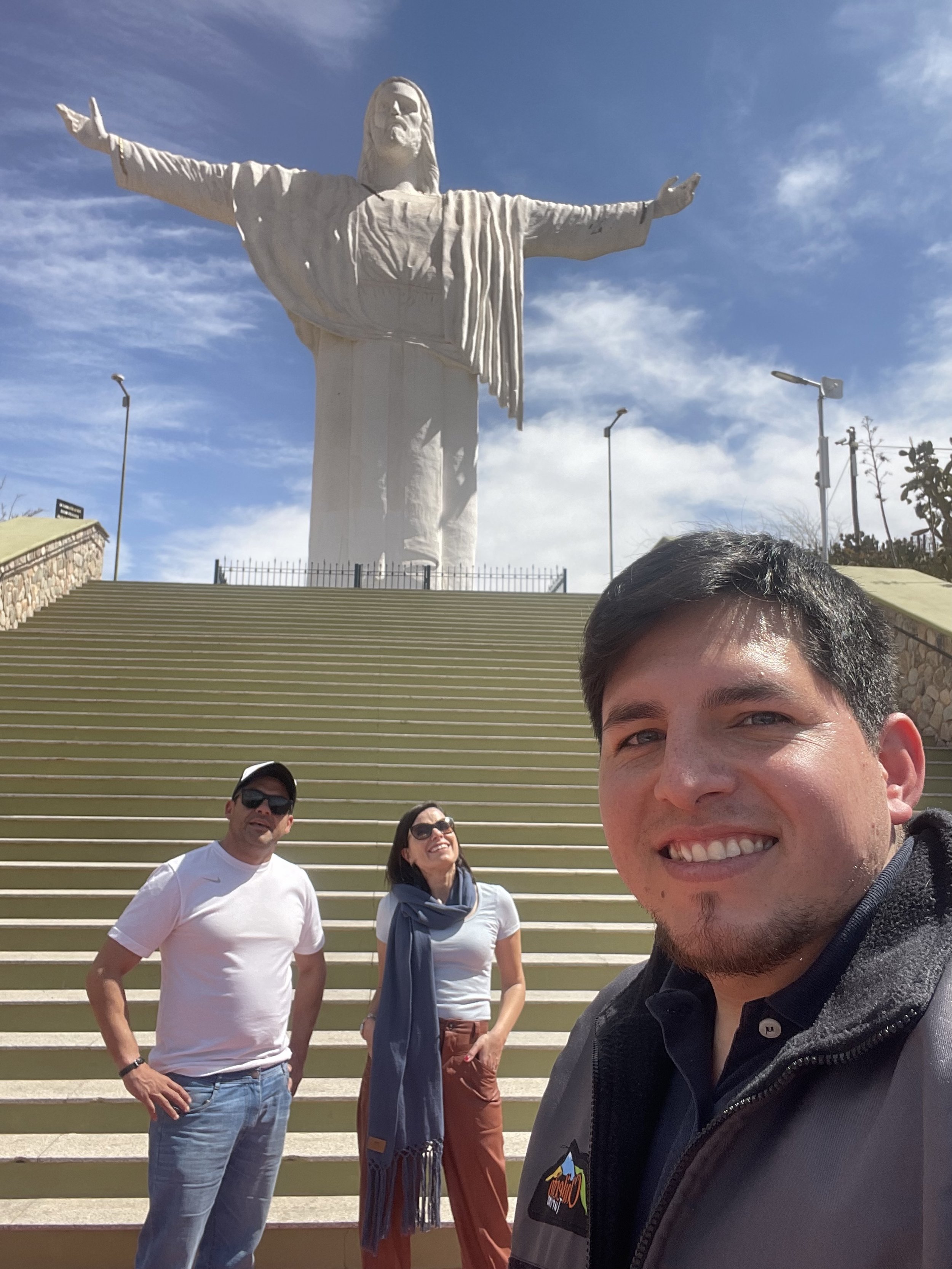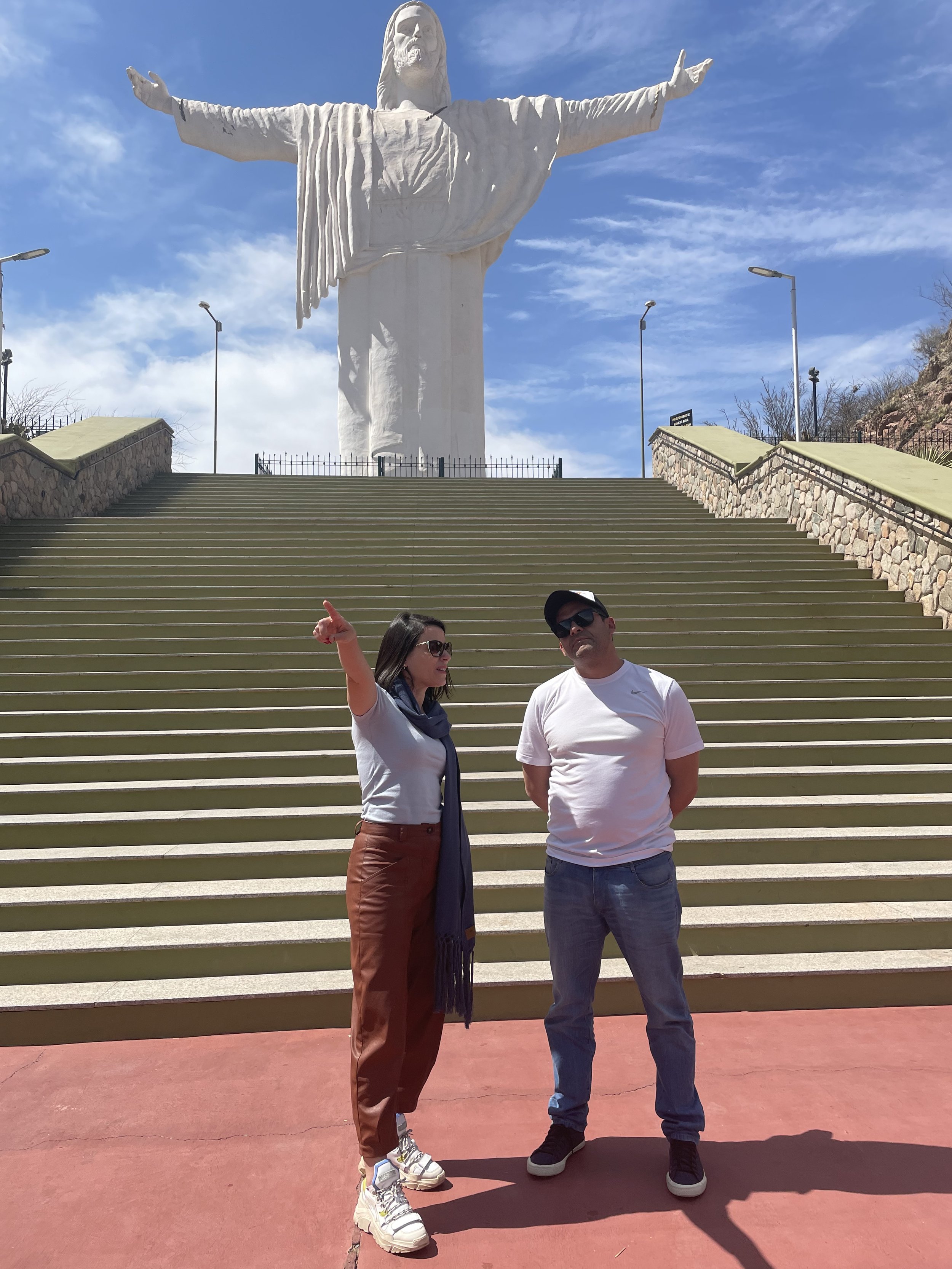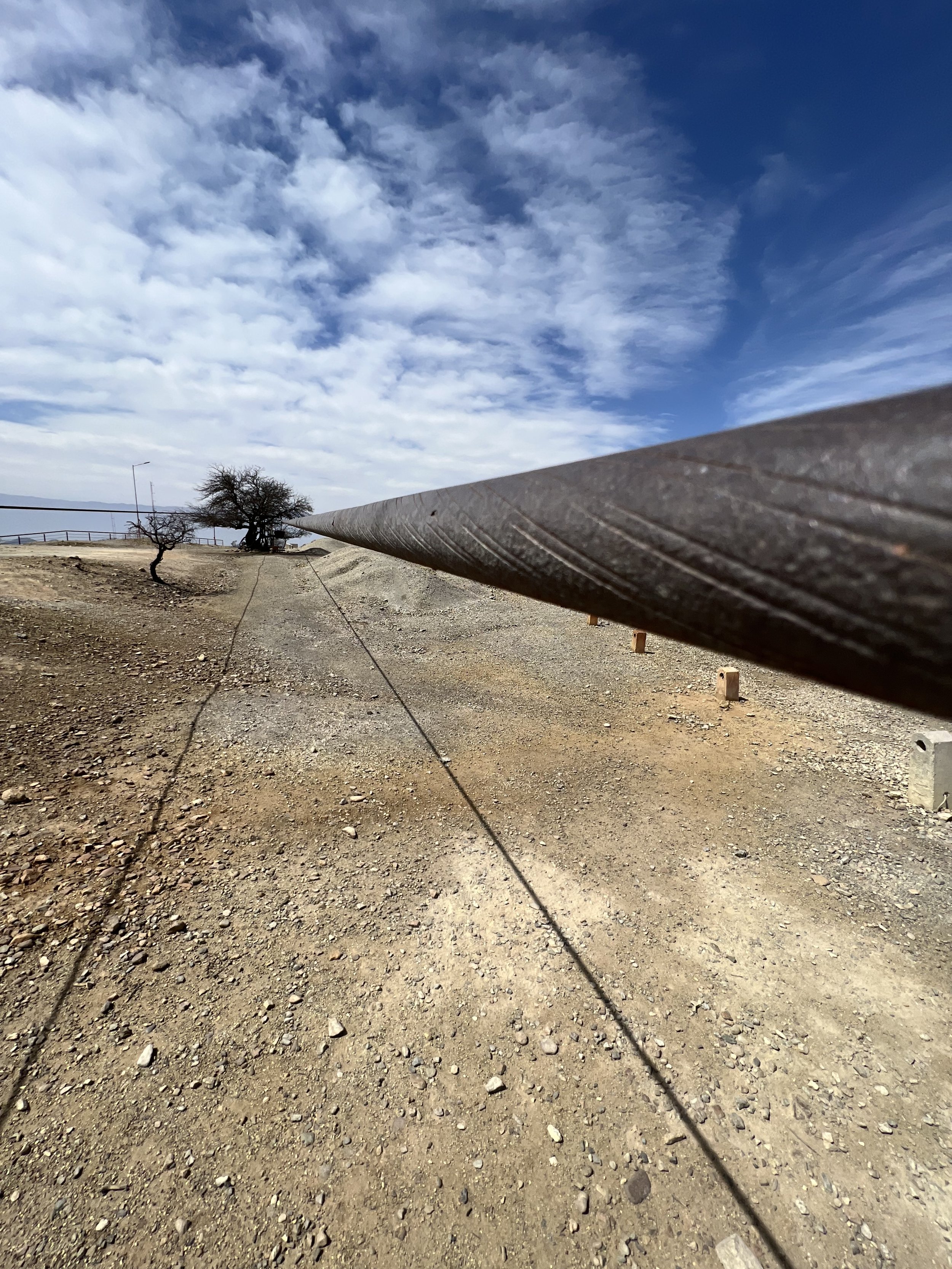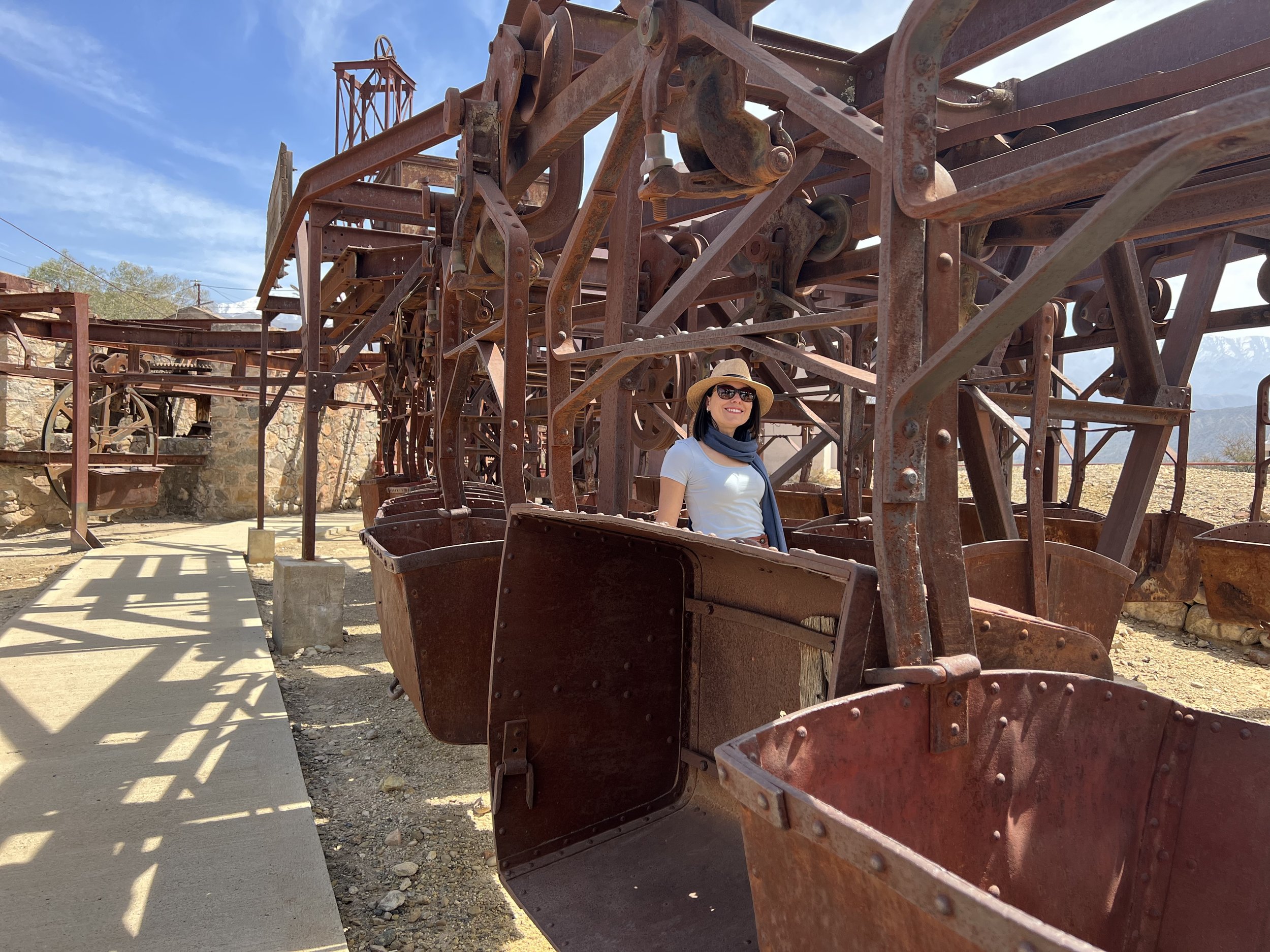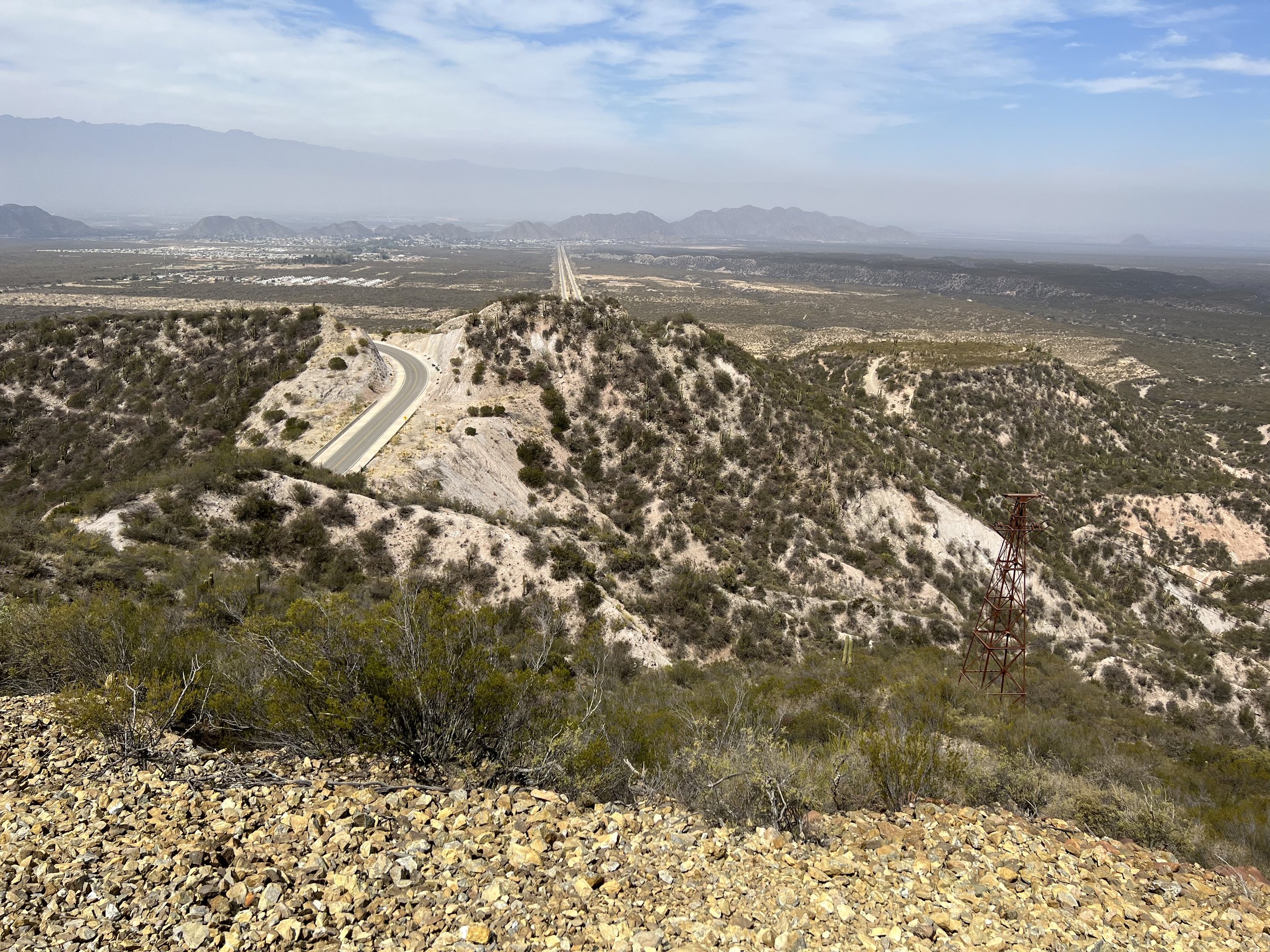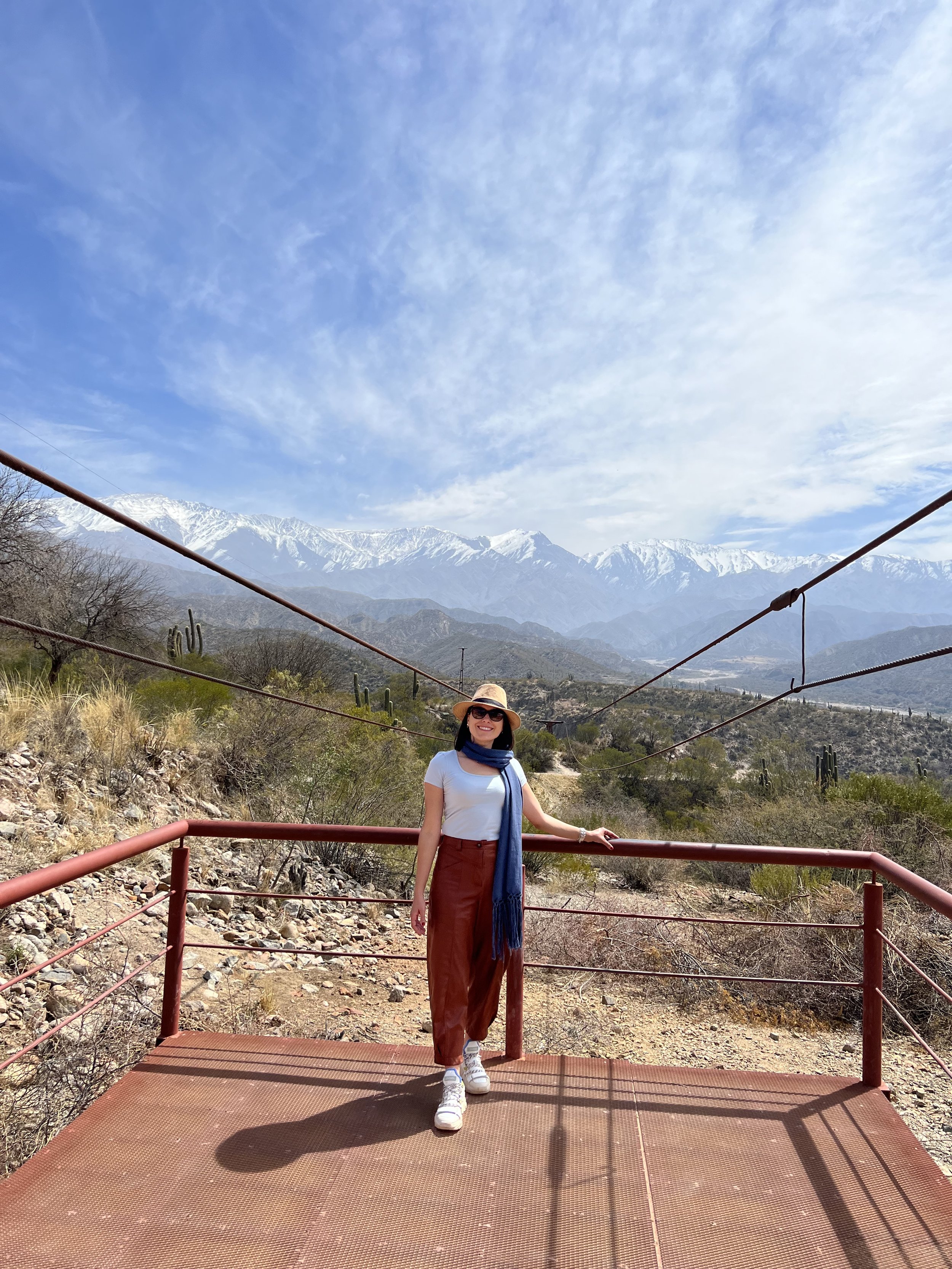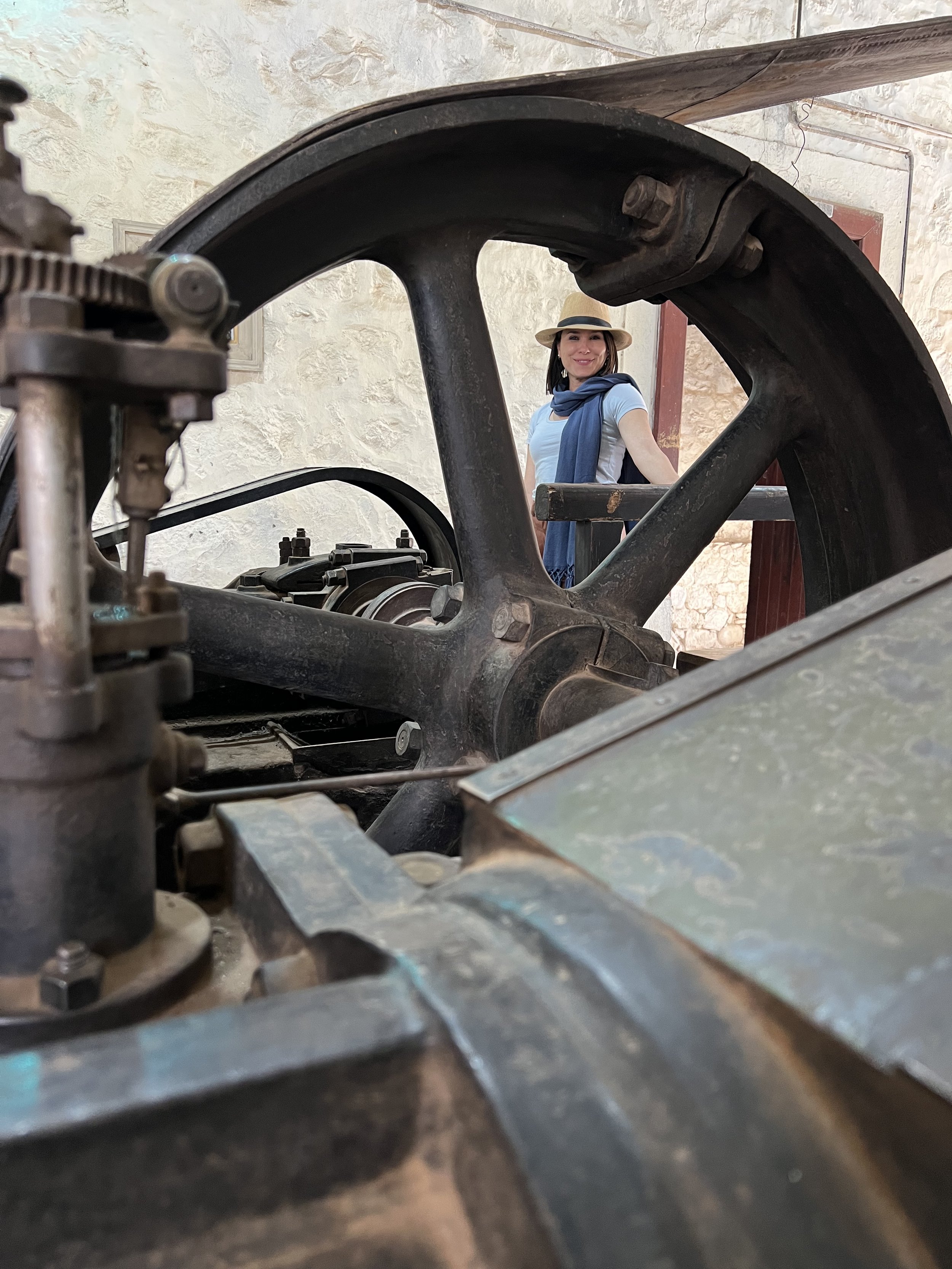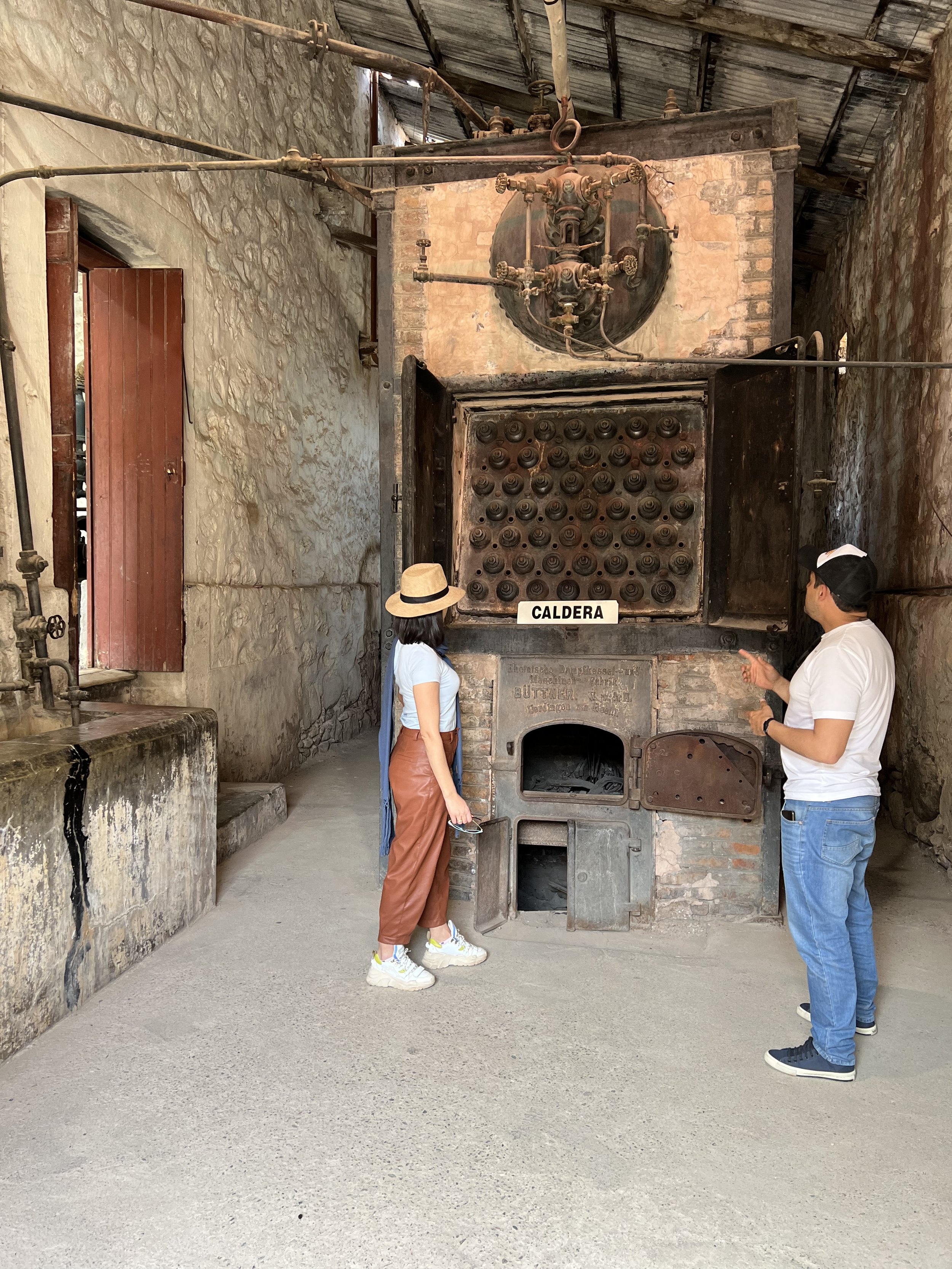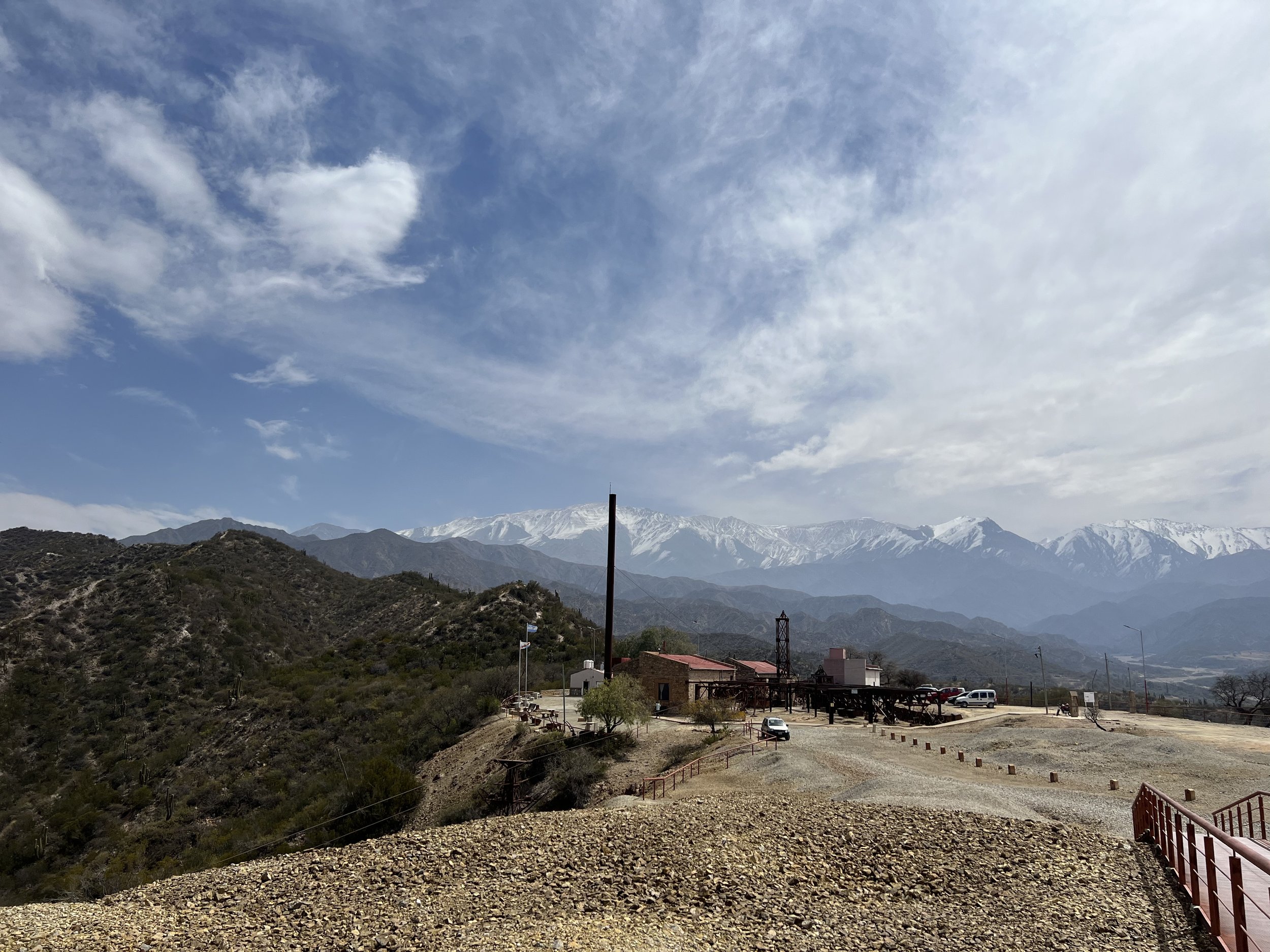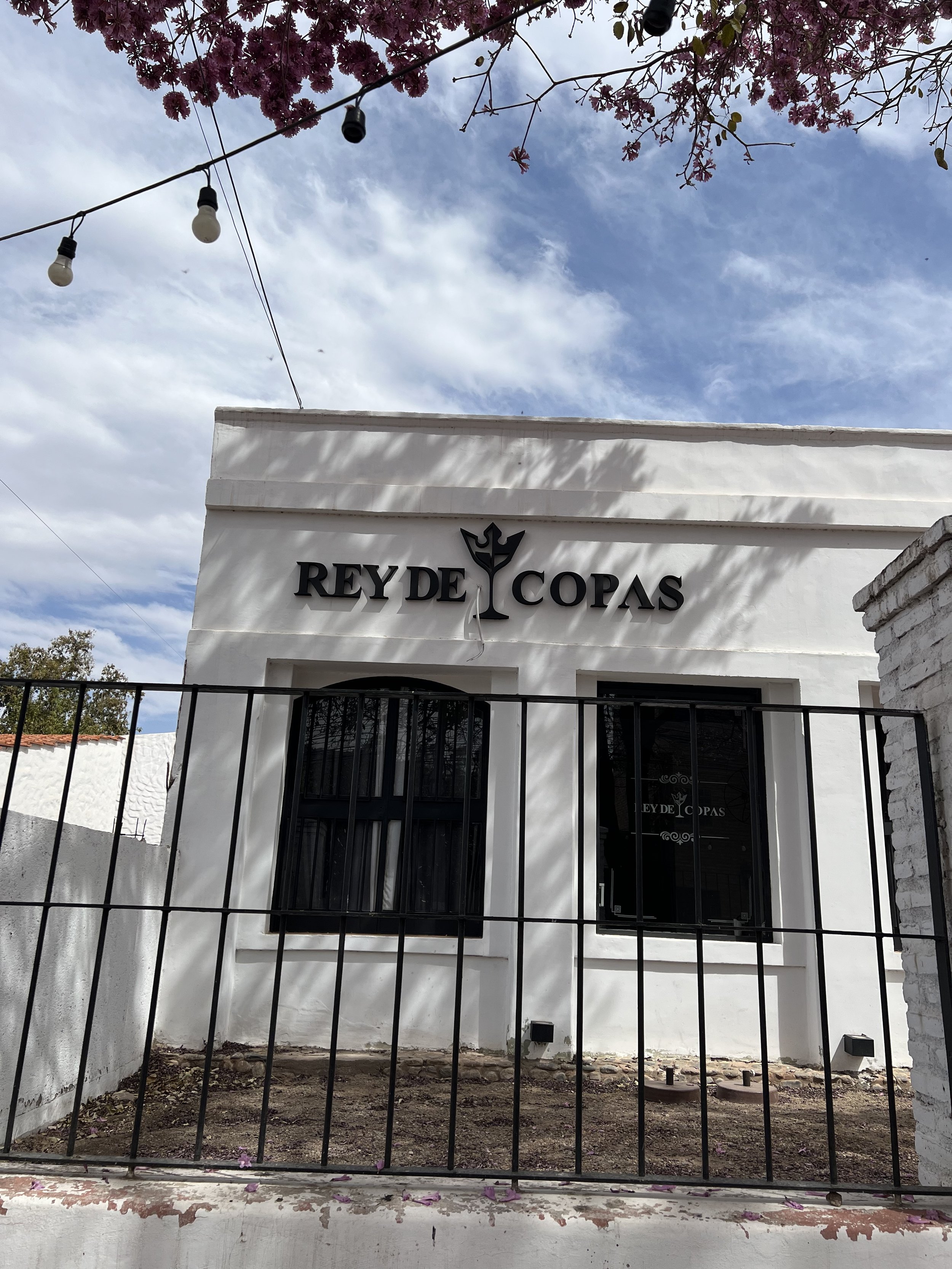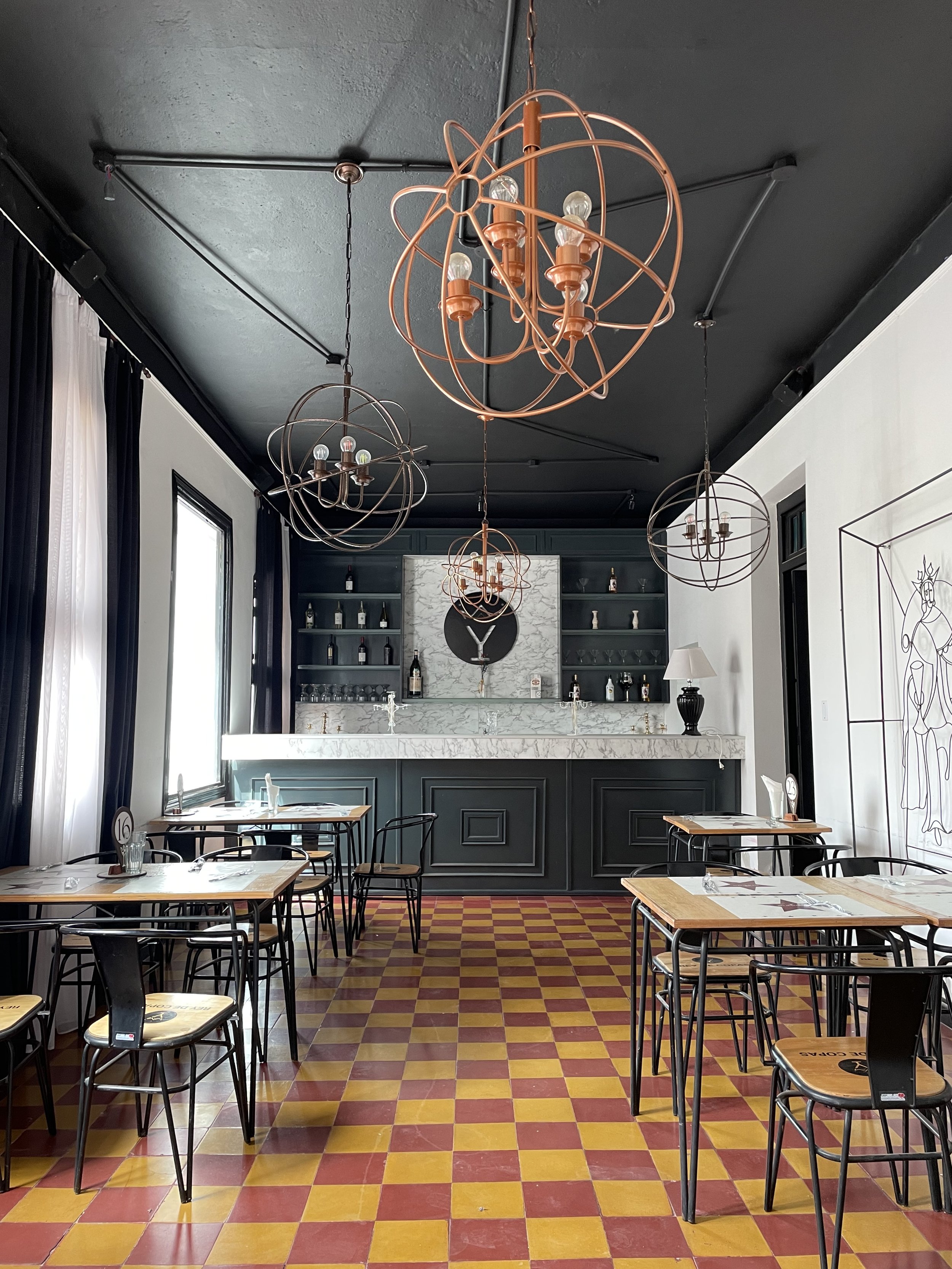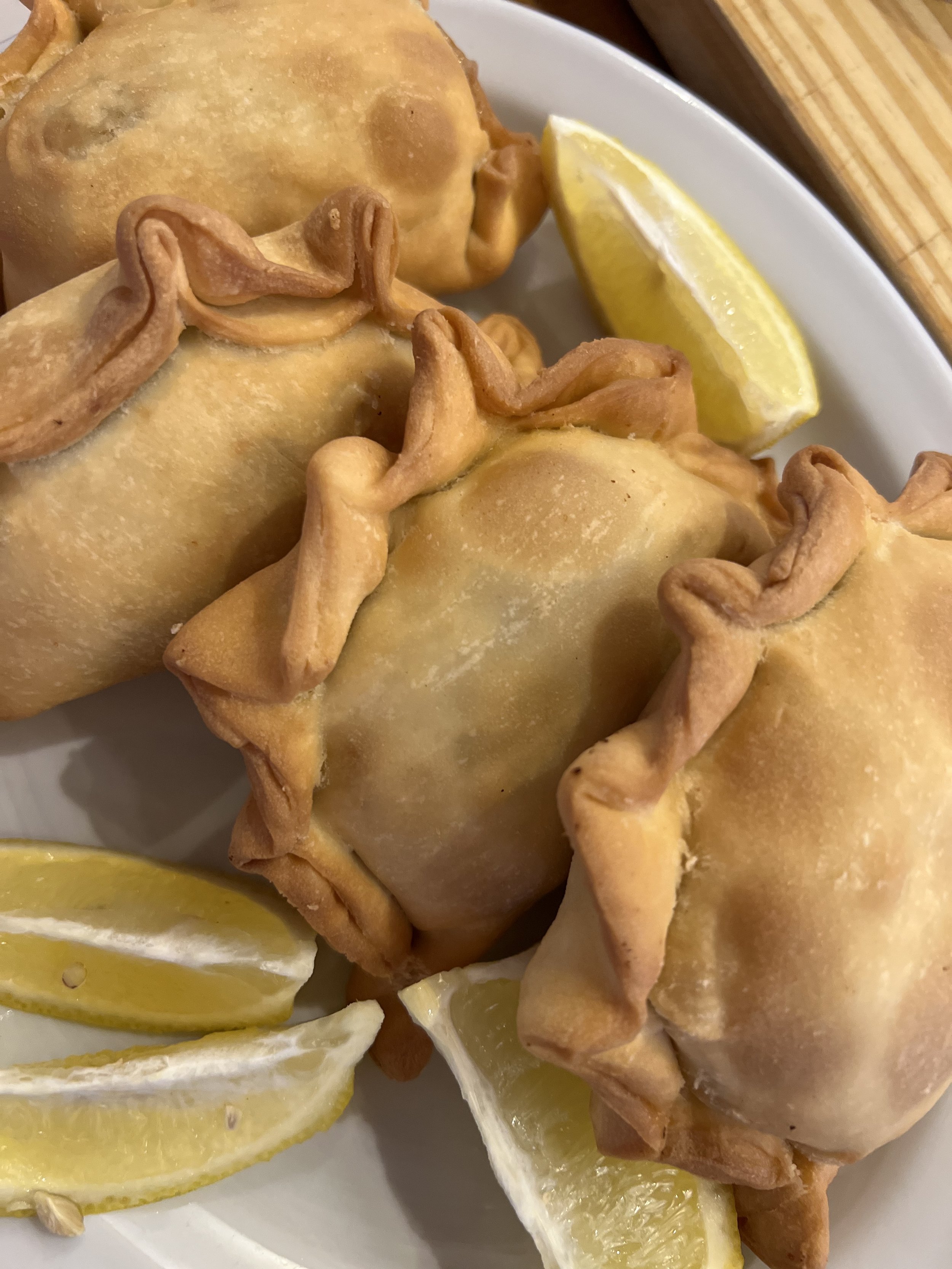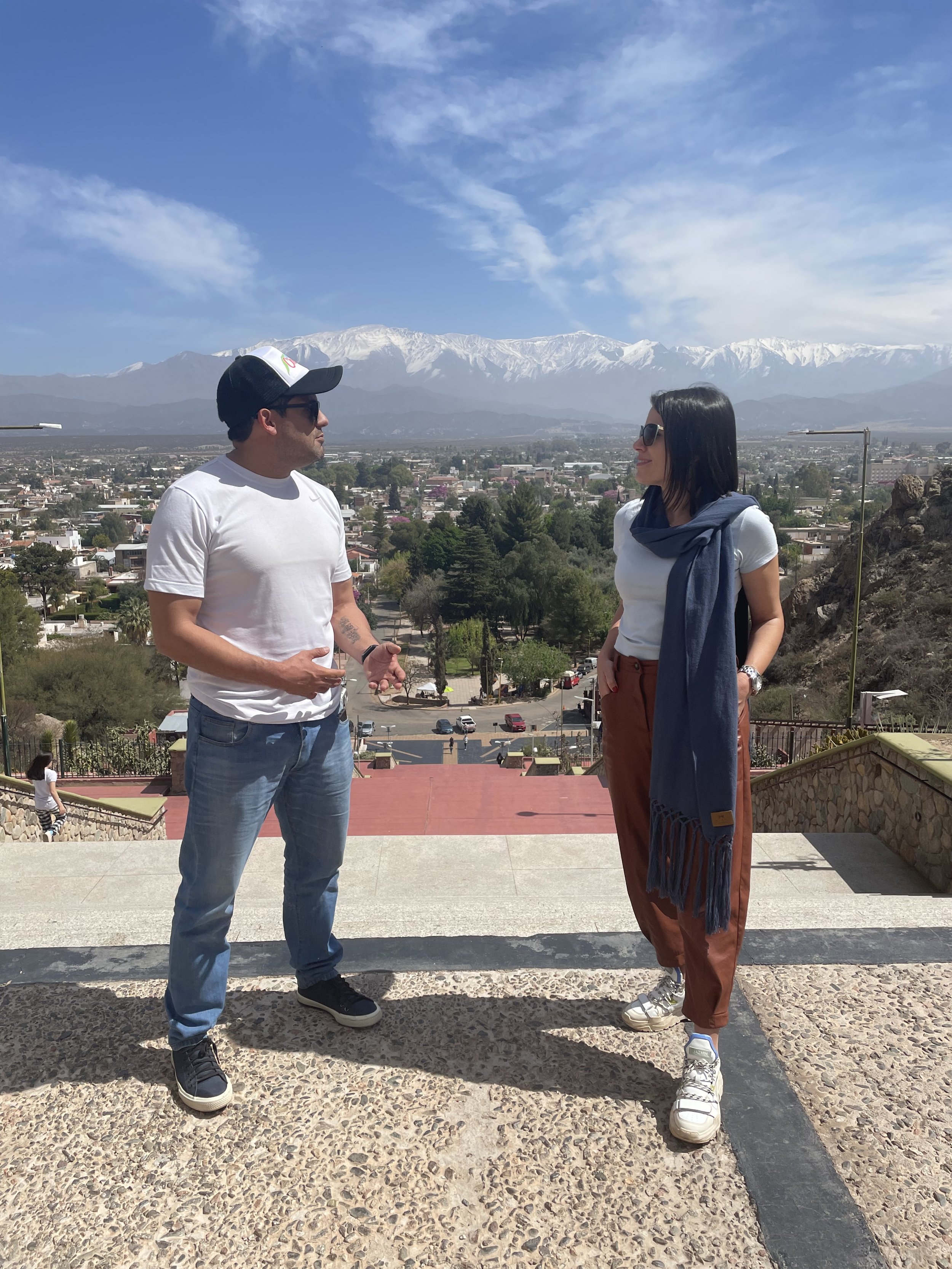Chilecito
La Rioja's authentic pearl A couple of weeks before our trip to Western Argentina, in the spring of 2022, we received a whatsapp message. It was Matías Vaca, Secretary of Tourism of Chilecito, who through a mutual friend had heard about our visit and invited us to discover his city and its attractions.
As usual, we already had our travel diary well prepared, with the destinations decided, the excursions booked and the restaurants with punctual reservations. Even the gas stations were already fixed in the road map, so in principle it did not seem very feasible for us to visit. In addition to having everything already arranged, we honestly did not know anything about Chilecito. We saw on the map that we were passing through Villa Unión and Chañarmuyo and we accepted the invitation.
We did not know what awaited us!
We arrived early one morning, after intense days visiting Talampaya and Laguna Brava, on the road that crosses the famous Cuesta de Miranda. There, where the huge white Famatina always stands out in the landscape.
The first thing that surprised us was the access highway and the size of the city. Its neat neighborhoods, its friendly people ready to guide us were the next signs that an unforgettable day was in sight.
Once downtown, our first stop was at the Cooperativa La Riojana, producer of the historic Nacarí Esmerilado, a proud label awarded at the French Viexpo in the 80s. There we were welcomed by María José, who offered us a tasting of the unique examples of the production of this huge project that unites hundreds of producers from the Famatina Valley, the main wine-growing area of the province. We tasted varietals of Raza Argentina, another of its emblematic labels, and also Santa Florentina, which we had already tasted during our visit to Talampaya.
Next, we crossed the street to taste the delicious alfajores from La Rinconada, a regional store that stands out mainly for these delicacies, whose filling is made with Torrontés cream. We were welcomed by Zulema, the creator, with whom we talked for a long time and learned the precious story of their invention. As original as they are delicate, the sweets really seemed to us to be a challenge... because they were so addictive. Especially for the driver and cadet of @tripticity_, a born gourmand.
Then we headed towards the impressive Cristo del Portezuelo, which escorts and watches over the city. We climbed the stairs to get one of the two most beautiful views of the day, both of the village and the mountain range to the west, majestic. On the sides of the staircase there is an extensive variety of cactus, cardon cacti and succulents of the area.
There we became aware of the importance of Chilecito, its economic importance and its growth, symbolized by its National University.
After noon it was time to cross to the next destination, an attraction that moved @tripticity_. We went up to Station 2 of the Cable Car to rejoice with another extraordinary view of Chilecito, this time from the west. There we were bowled over by the structure of what was the second stop in the transportation logistics of La Mejicana, a mine that was exploited at the beginning of the 20th century. It is difficult to describe this impressive engineering work, made entirely of cast iron, which was only operational for a few years because it was very costly to operate. All that complex plot designed in Leipzig and materialized to perfection under the slopes of Famatina is preserved in impeccable condition and, at present, it is a must visit for anyone who comes to the city.
Throughout the tour, Matías transmitted us his love for La Rioja, and above all his passion for the history of Chilecito and the importance of tourist icons, especially the Cable Car. It is truly a civil engineering feat accomplished by that golden generation of Argentine history, which was captivating for @tripticity_, just as it was when he visited the La Polvorilla Viaduct in Salta province. Great wonders of times of greatness!
La Mejicana was a mining project to extract gold, silver and copper from the bowels of Famatina, at 4600 meters above sea level, and the Cable Carril was used to transport the mineral to the railway station in Chilecito, with nine stations along its length and a total slope of three thousand five hundred meters.
We were so busy chatting while we discovered the twists and turns among the huge cables and iron that we were almost snoozing without realizing it. But we wanted to share some more time in the company of Matias and Erik, the tourism student who started his first internship in the local office, so we went down the Cable Carril avenue and headed to Rey de Copas to share lunch with them, which allowed us to know even more about the life story of the active and dedicated Matias, who, committed to his public function, never stops transmitting and spreading the tourist attractions of the beautiful Chilecito.
When we said goodbye, surprised and shocked by the day we had experienced, we promised ourselves to come back with more time and to get rid of the desire to go up a couple of more stations. And to drink more glasses of torrontés and bonarda.
After such an extraordinary day, @tripticity_ left for the next destination, for the next few days of relaxation at the boutique hotel of Bodega Chañarmuyo, on its roadtrip through western Argentina.

